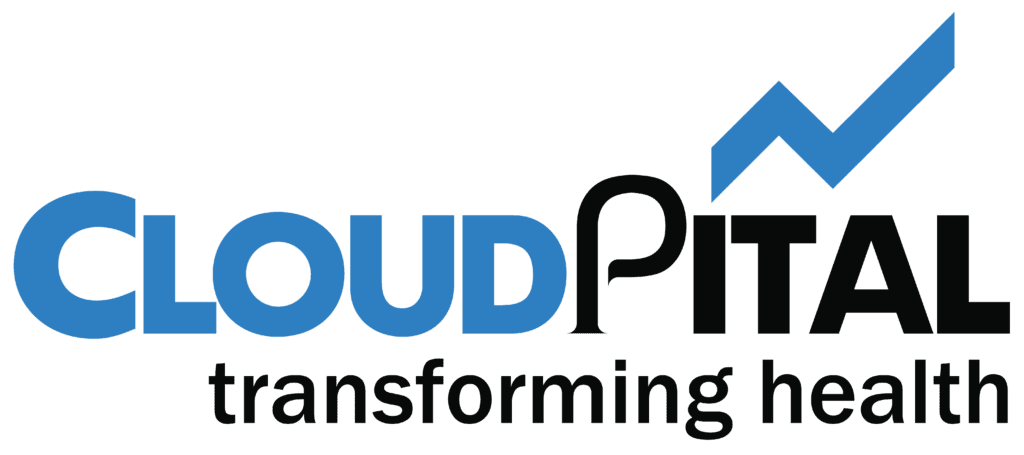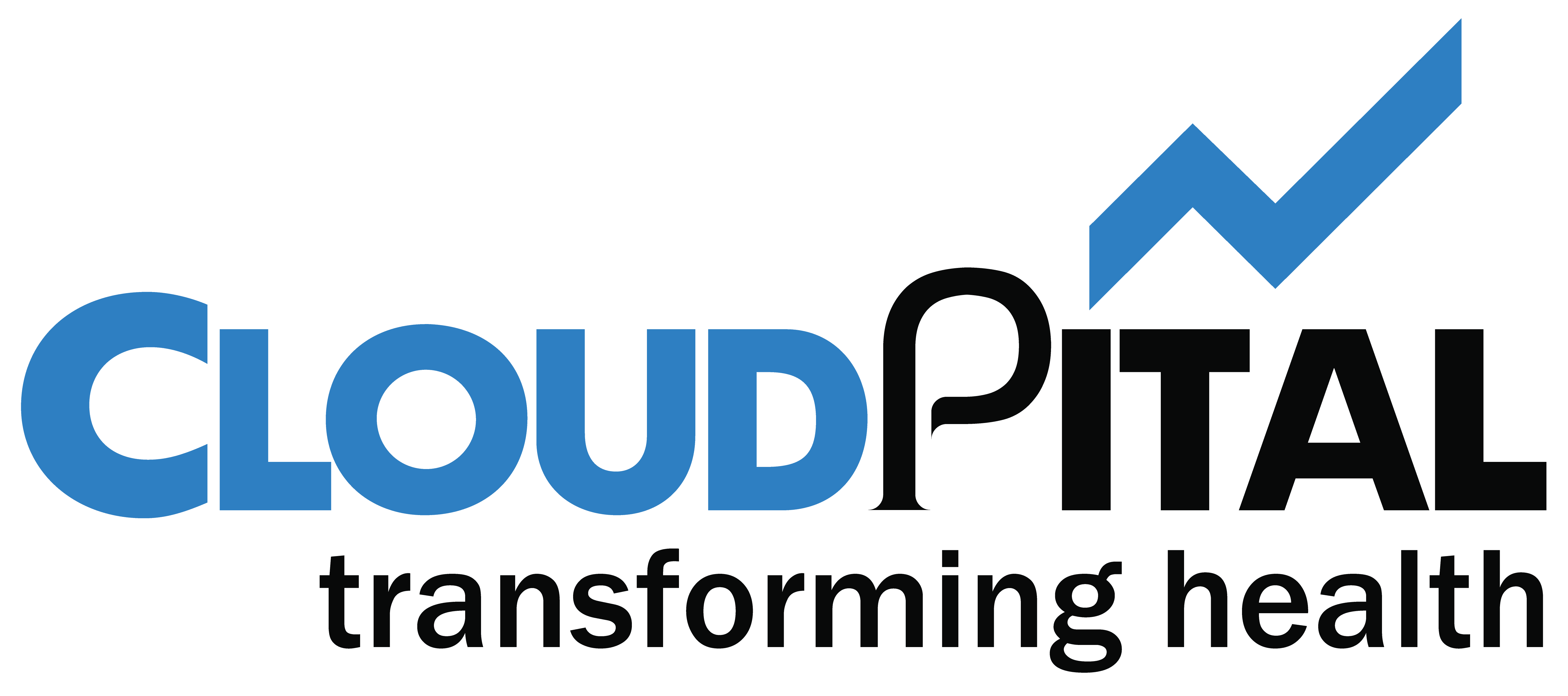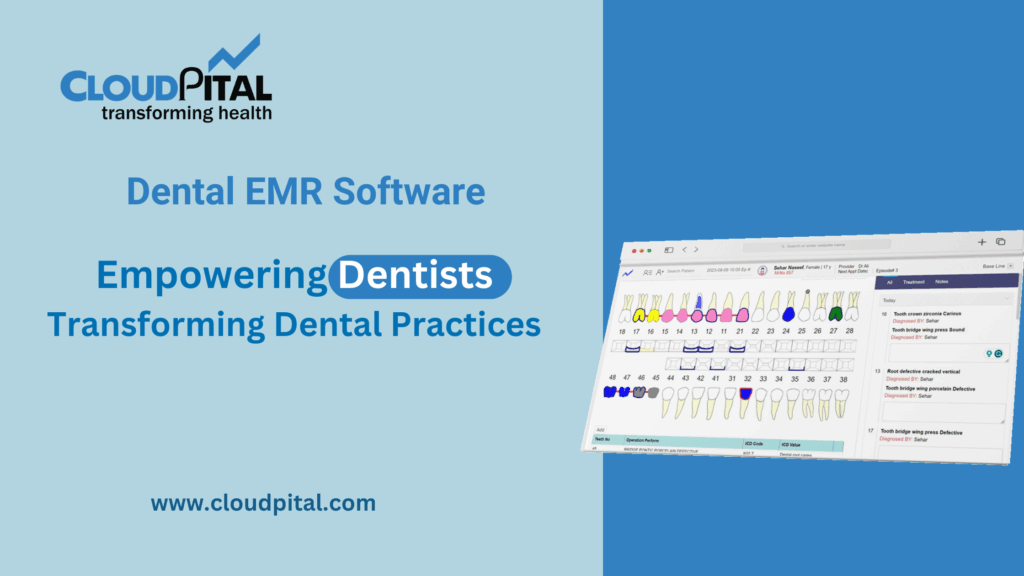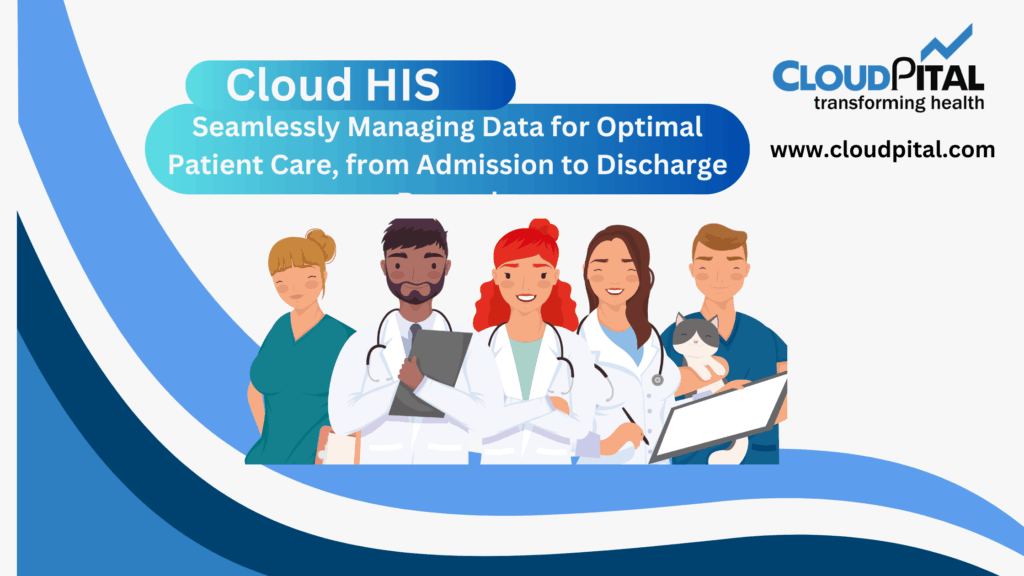Cloudpital # 1 is one of the top Patient Portal that has changed dramatically, with technology being used to automate processes and enhance patient care. Patient portals are one such innovation that has been introduced, which are secure web-based platforms that enable patients to view their health records and communicate with their healthcare providers in a convenient manner. Patient portals act as a liaison between patients and their healthcare teams, facilitating effective communication, minimizing wait times, and improving overall healthcare access.
Click to Start Whatsapp Chatbot with Sales
Mobile: +966547315697
Email: sales@bilytica.com
Cloudpital # 1 Patient Portal
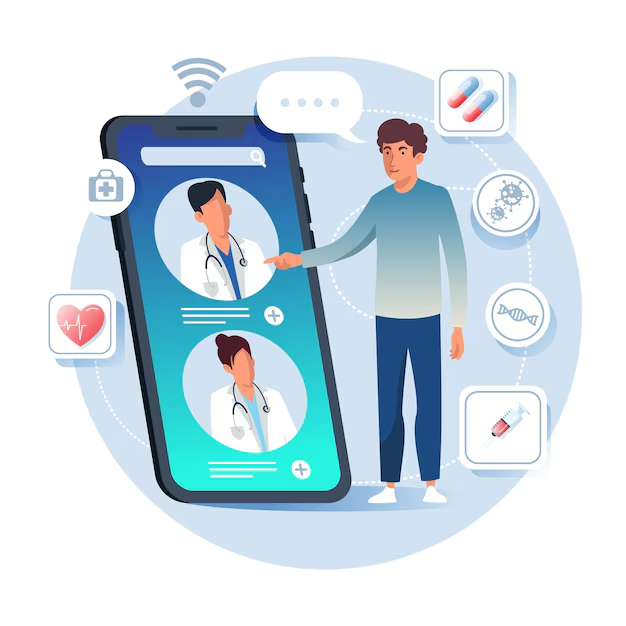
A patient portal is basically a means to empower patients by offering them direct access to their medical history, appointment dates, test results, and even doctor communication. By giving patients this real-time access to important health information, patient portals present a wide range of advantages that enhance healthcare accessibility to people of all backgrounds.
24/7 Access to Health Information
One of the biggest benefits of a Patient Portal is that it allows 24/7 access to critical health data. In standard healthcare environments, patients will sometimes have to wait for business hours to receive access to their medical history or lab results. This can be exasperating, particularly when patients require immediate information or follow-up care. Through a patient portal, patients are able to log in at any time to view their health information, check prescriptions, view previous medical histories, or even receive updates on lab tests.
Better Communication Between Patients and Healthcare Providers
Good communication is imperative in any medical environment. A patient portal facilitates communication between healthcare staff and patients, enabling faster and more effective interactions. Patients can exchange and receive secure messages, pose questions, request prescription refills, or book appointments all from within the portal. Physicians can also use the platform to send news, appointment reminders, or advice using the patient’s medical history.
By minimizing the communication barriers present in most conventional healthcare environments, patient portals enable healthcare providers and patients to develop closer, more individualized relationships. Such enhanced communication can result in improved treatment outcomes, as patients are more inclined to adhere to their healthcare provider’s recommendations and remain aware of their condition.
Improved Patient Engagement and Empowerment
Patient activation is key to better health outcomes, and patient portals are an important step toward activating patients. When patients can see their own health data, they are more likely to be involved in their health. They are more likely to take charge of their health, help manage chronic conditions, and follow their progress over time.
In addition, patient portals prompt patients to assume responsibility for themselves. With access to tracking appointments, health advice, or even symptom monitoring, patients are more engaged in maintaining their health. This empowerment, in turn, results in improved health outcomes and an enhanced experience in healthcare.
Less Administrative Burden on Healthcare Providers
A Patient Portal not only advantages patients but also benefits healthcare providers by making it easier to manage their administrative processes. Historically, healthcare providers spend considerable time answering phone calls, scheduling appointments, processing paperwork, and addressing patient questions. By automating and centralizing most of these functions in a patient portal, healthcare providers are able to devote more time to providing high-quality care instead of administrative work.
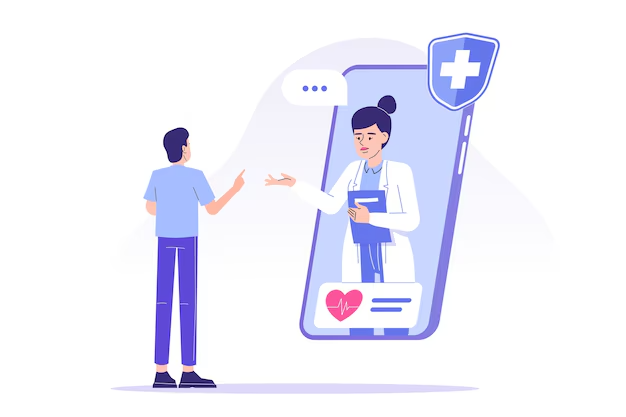
Enhanced Continuity of Care
Continuity of care is important for patients, particularly those with chronic illnesses or complicated medical histories. Through a patient portal, EMR Systems professionals can make sure that a patient’s medical history, test results, and treatment plans are always current and available. This prevents medical errors, makes transitions between healthcare professionals easier, and ensures that a patient’s care plan is consistent over time.
In addition, with medical information being able to be shared with ease from one healthcare facility to another, a patient portal has the effect of minimizing fragmentation in care, making it possible for more efficient and coordinated treatment. This is particularly useful where patients consult various specialists or need care from various facilities. With all of their medical records compiled in one area, patients can make sure that everyone on their healthcare team is on the same page, resulting in improved outcomes.
Cost Savings and Minimized Healthcare Inefficiencies
By enhancing efficiency and minimizing the administrative load, patient portals can also result in cost savings for patients and healthcare providers. With patients being able to manage administrative tasks such as scheduling and prescription refills on their own, there is less pressure on office staff, resulting in lower overhead costs. Moreover, by simplifying communication and minimizing the necessity of follow-up visits, patient portals can prevent unnecessary medical expenses and ensure the efficient delivery of care to patients at the appropriate time.
In addition, patient portals minimize the necessity of office visits for minor problems, saving time and money. For instance, a patient can talk to their healthcare provider via secure messaging or video calls for non-emergency issues without having to make a physical visit. This is especially useful for patients in rural or underserved communities, who might not have easy access to healthcare centers.
Better Health Outcomes Through Data and Analytics
One of the major advantages of patient portals is the capability to gather and analyze health information over time. Most portals are designed with functionalities to enable patients to monitor their symptoms, track vital signs such as blood pressure or blood glucose levels, and document lifestyle decisions like exercise and diet. The information is transferrable to healthcare providers, enabling them to make better treatment plan decisions and interventions.
For instance, if a diabetic patient always records their blood glucose levels and reports this data to their physician via the portal, the clinician can make changes to the treatment plan. Not only does this sharing of real-time data result in more tailored care, but it also prevents complications by treating health conditions before they worsen.
Accessibility for Diverse Patient Populations
Health Information and Management are also a major benefit for expanding access to healthcare for a wide range of patient populations. Rural patients, for example, can appreciate the convenience of taking care of their healthcare needs from afar. This is especially useful in underserved areas where there is a lack of healthcare providers, and patients must travel great distances for routine services.
For patients who are elderly or have mobility problems, patient portals offer a handy replacement for visiting a clinic face to face. Portals can also be made accessible for patients with disabilities, with features such as text-to-speech functionality or translation services in different languages. This ensures that no matter where patients are located, or how mobile they are, or what language they speak, they can access the care they require.
Conclusion
All in all, patient portals are revolutionizing the health sector by enhancing access, improving communication, and enabling patients to manage their own health. They lighten the administrative work for healthcare providers, ensure enhanced continuity of care, and allow more personalized treatment. Above all, patient portals provide patients with the means and information necessary to remain active partners in their care, resulting in improved health outcomes and an enhanced healthcare experience.
As healthcare increasingly goes digital, the importance of patient portals can only continue to escalate in enhancing health care access, efficiency, and patient satisfaction. Whether for enhancing communication, lowering health care costs, or simply enhancing patient engagement, the influence of patient portals cannot be denied—and its ability to transform health care access grows stronger by the day.
Click to Start Whatsapp Chatbot with Sales
Mobile: +966547315697
Email: sales@bilytica.com
How does a Patient Portal improve healthcare access? similar software solutions prices were updated on 2025-07-14T19:36:56+00:00 in Saudi Arabia in Mecca, Medina, Riyadh, Khamis Mushait, Yanbu, Jeddah, Dammam, Unaizah, Uqair, Ha’il, Ta if, Al Bahah, Dhahran, King Abdullah Economic City, Najran, Diriyah, Qatif, Khafji, Jubail, Abqaiq, List of Cities and Towns in Saudi Arabia, Ras Tanura, Turubah, Jazan Economic City, Knowledge Economic City, Medina, Khobar, Abha, Tabuk, Saudi Arabia, similar software solutions prices were updated on 2025-07-14T19:36:56+00:00 We also provide in Saudi Arabia services solutions company in Hafar Al-Batin, Udhailiyah, Al-Awamiyah, Hofuf, Hautat Sudair, Buraidah, Tayma, Duba, ‘uyayna, Saihat, Al-Kharj, Al-ula, Jizan, Rumailah, Ar Rass, Arar, Shaybah, Al Majma’ah, Rabigh, Dhurma, Haradh, List of Saudi Cities by Gdp Per Capita, Badr, Sudair Industrial City, Baljurashi, Shaqraa, Al-Khutt, Habala, Ad Dawadimi, Dawadmi, Layla, similar software solutions prices were updated on 2025-07-14T19:36:56+00:00 Price is SAR 100 and this was updated on updated on 2025-07-14T19:36:56+00:00 similar How does a Patient Portal improve healthcare access? software solutions prices were updated on 2025-07-14T19:36:56+00:00 in Saudi Arabia in Haql, Afif, Al-Abwa, Farasan, Al-Jaroudiya, Thadig, Al-Thuqbah, Al Wajh, Almardmah, Al-Zilfi, Muzahmiyya, Prince Abdul Aziz Bin Mousaed Economic City, Tharmada’a, Skaka, Um Al-Sahek, Sharurah, Tanomah, Bisha, Dahaban, Al Qunfudhah, Qurayyat, Saudi Arabia, Ha’ir, as Sulayyil, Al Lith, Turaif, Al-Gway’iyyah, Samtah, Wadi Ad-Dawasir, Az Zaimah, Safwa City, Jalajil, Harmah, Mastoorah, Hotat Bani Tamim, Jabal Umm Al Ru’us, Rafha, Qaisumah, Al-Ghat, Hajrah, Al-Hareeq. Excerpt: Jeddah (also spelled Jiddah, Jidda, or Jedda; Arabic: Jidda) is a Saudi Arabian city located on the coast of the Red Sea and is the major urban center of western Saudi Arabia similar software solutions prices were updated on 2025-07-14T19:36:56+00:00 Price is SAR 100 and this was updated on updated on 2025-07-14T19:36:56+00:00
